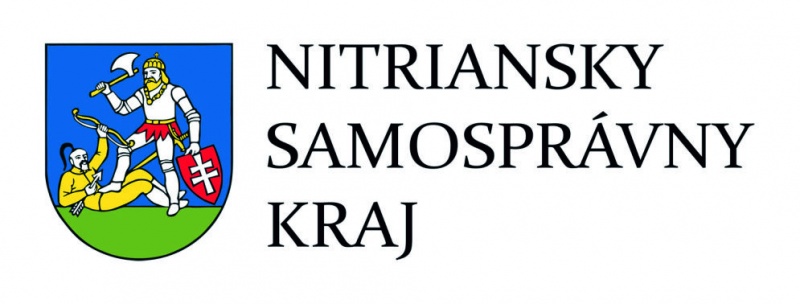Pest County
The county with an area of 6393 km2 is located in Central Hungary. There are 48 towns located in the region. As the entire agglomeration of Budapest is located in Pest County, it is the largest county in terms of population in Hungary. In 2015, 12, 4% of the country’s population (1 226 115 inhabitants) lived in the county.
The geographical centre of Hungary can be found in a natural reservation, 1km distance from Pusztavacs. The county borders Slovakia and Nógrád County in the north, Heves and Jász-Nagykun-Szolnok in the east, Bács-Kiskun in the south, and Fejér and Komárom-Esztergom counties in the west. Budapest, the capital of the country is an independent territorial unit and does not form the part of Pest County.
The territory of the county is varied: mountains, hills and plains. Significant area of the Kiskunság and the Danube-Ipoly National Park can be found there.
The most significant rivers of the county are the Danube, the Ipoly, the Galga and the Tápió, while the largest lake system can be found in Délegyháza.
The county was first mentioned in 1009 by King St. Stephen, who named the land agency of Visegrád, which also included the territory of today’s Pest County. Visegrád became one of the first royal capitals, while the county developed into the centre of the medieval Hungarian Kingdom. Today’s borders of the county were formed after the Second World War, later by the established county system in 1950, and the establishment of Nagy-Budapest.
The main tourist attractions are the historical monuments, museums, nature reserves, excursion destinations, mountains covered by forests and plains. Sights such as the Visegrád Citadel, the Royal Castle of Gödöllő, the Bear Farm in Veresegyháza, the Wildlife Park in Budakeszi, the National Botanical Garden or the Hungaroring in Mogyoród make the county attractive for tourists.
The region is participating in the international competition for leadership in the Central and Eastern European region, competing with Vienna, Bratislava, Prague and Warsaw. The region’s economic performance and importance is outstanding compared to other counties. 11% of the country’s GDP is produced in this region of the country, 13% of the industrial parks are located there, which contribute to 15% of the country’s export. The development opportunities of the region are above the average. More than 200 000 registered economic organizations of the country are active in trade, vehicle repair, real estate and agriculture. The region is dominated by large companies e.g. HUNLAND Trade Kft. in Bugyi (export and import of live animals), the Tesco in Budaörs, the Kerox Kft. in Sóskút (technical ceramics).
Despite these investments, the region is still underfunded. The system of distribution of domestic resources does not seem to compensate the limited amount of subsidies allocated to the region. Difficulties are caused in those segments, where the county’s current performance should be improved – innovation, R&D, support for the SME sector.
Being the most developed region of the country, Pest County has lower agricultural activity than the rest of the country. More than half of its area is covered by plain, which provides favourable conditions for growing arable crops, but the yield in corn, wheat, sunflower, canola and alfalfa are below the national average. The ratio of vineyards and orchards in the county is also showing a declining trend. Some of the nationwide well-known products can be found in the county e.g. cabbage from Vecsés, strawberry from Tahitótfalu. Cattle, rabbit and goose farming are also above the national average.












